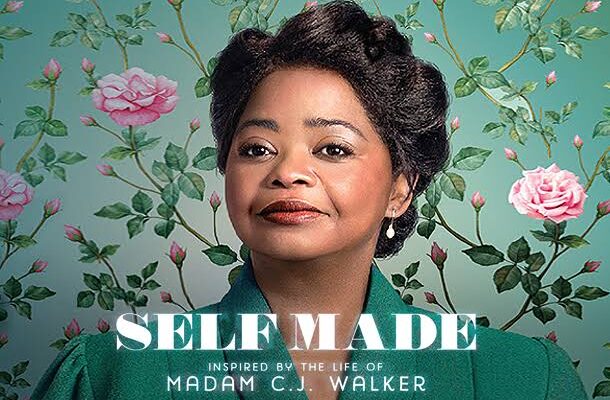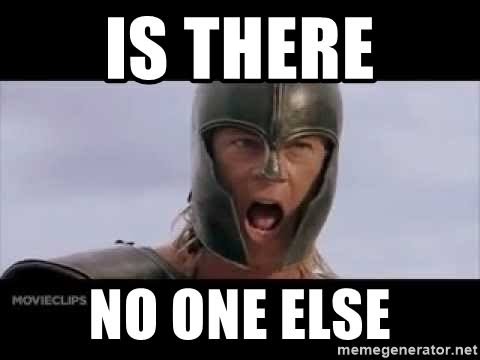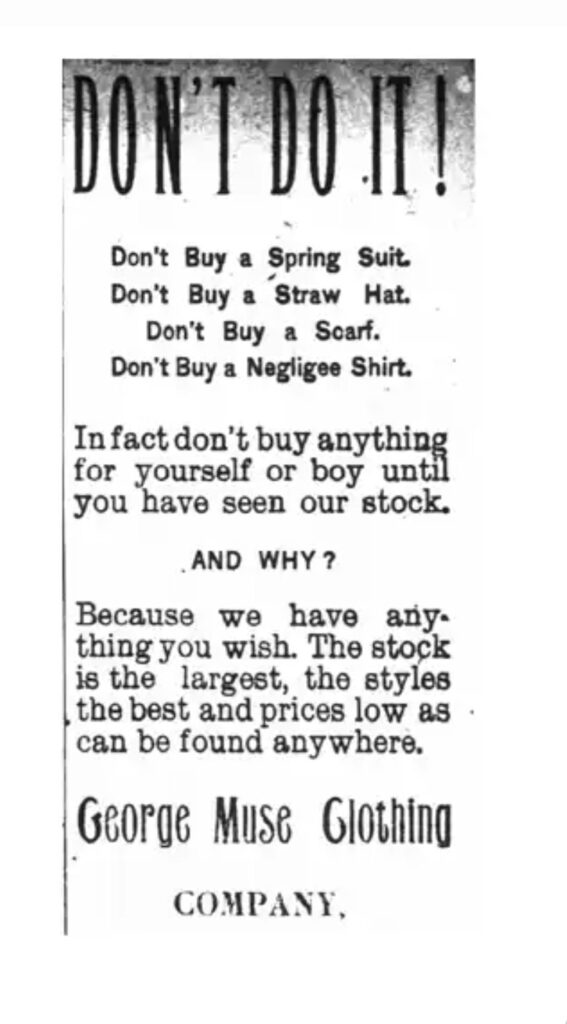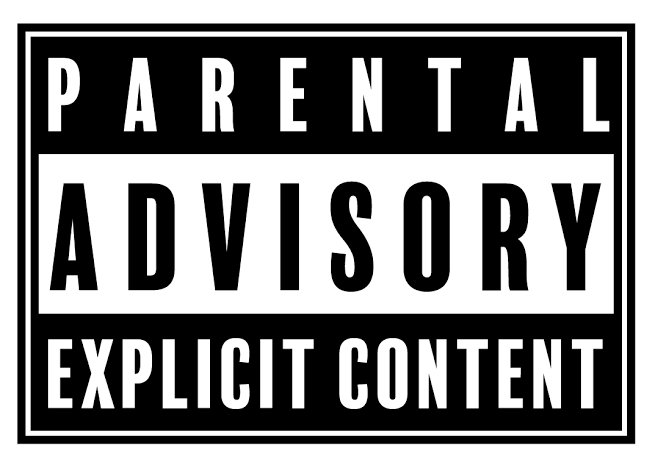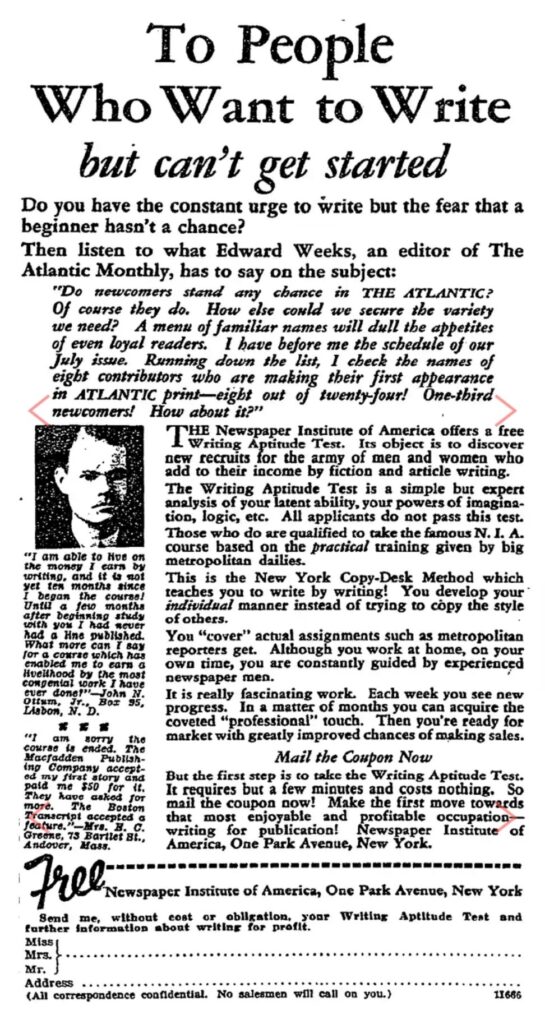What You Can Learn From Studying New Ads To Help You Get Better At Copywriting.
What do old ads that worked in the past and new ads working in the present have in common?
Simplicity.
But here’s one other thing I noticed too 👇🏿
While copying out this Pitney Bowes Mailstation 2 Ad last week, it struck me.
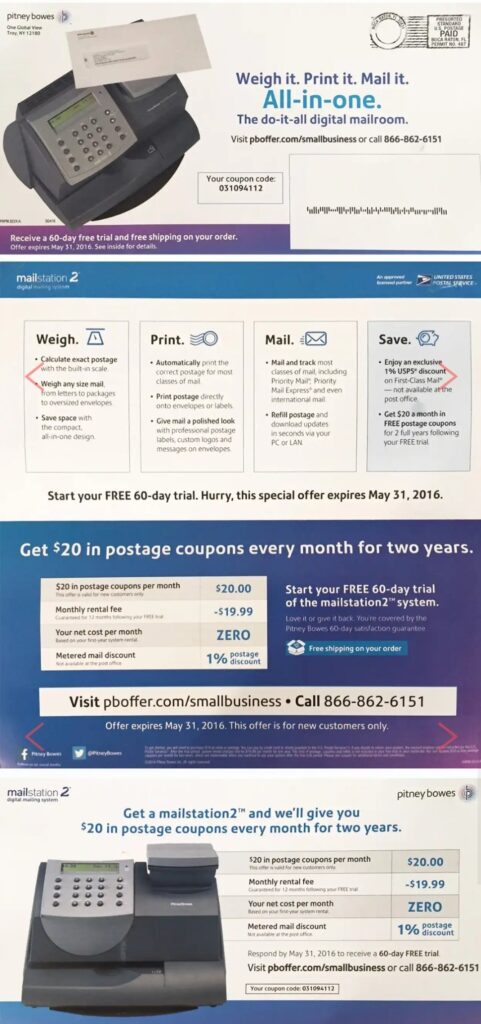
This ad is simple and goes straight to the point with one major thing: BENEFITS
Weigh It. Print It. Mail It. All-in-one.
The do-it-all digital mailroom.
It tackles the What’s In It For Me (WIIFM) question & tells you from the get-go what this machine is offering you.
Plus, there’s a coupon code right on the front page for you.
I mean, even if you wanted to resist, how many people can easily resist what’s free? 😁🤷🏿♂️
Especially when it’s plastered at the front like this 😁🤷🏿♂️
At the upper right-hand corner, there’s a postage stamp (PAID).
Look below and you see “An approved licensed partner United States Postal Service”
Just in case you don’t believe 😁
What this does is REDUCE the burden on the customer.
As EVERY ad should do.
“Receive a 60 day free trial & free shipping on your order”
Man, everything about this ad screams OFFER!!!
The offers are so much, you don’t even notice the company’s name 😁
Plus, it’s in small letters.
It tells you to IGNORE us & instead FOCUS on what we’re GIVING you.
Mailstation 2 also sounds like PlayStation 2.
Reminds me of the Poo-Pourri ad where the lady says it has better Amazon ratings than the iPhone 5
An excellent way to piggyback an existing or probably bigger brand.
Chances of stickability? Super High.
Also, look at how the different capabilities are segmented.
This proves people buy a product for different reasons.
Some people might buy this Mailstation because of its weighing capabilities.
Others might buy because of printing, while some others because of mailing.
Also, some people might buy it simply because it’s a great deal & it’s going to help them save money.
Notice how the colour on the SAVE segment is different too.
Eye-catching.
Just in case you’re not convinced by every other thing, it REMINDS you it’s a deal which will save you money.
Human beings love anything which either makes them money or saves them money.
Kaboom! 🙌🏿
The segmentation also helps to highlight each of the capabilities with the use of bullets.
“•Save space”
“•Print postage”
“•Mail & Track”
“•Refill Postage”
If you’re not convinced from bullet 1, then bullet 2 should get you.
Isn’t it why they are called bullets? 😁🙌🏿
They are also highlighted with a darker ink to draw your attention to them.
Smart 👌🏿
Even the website pboffer.com/smallbusiness alludes to the fact this deal is mostly for small businesses.
And how’s it even a lie?
A small business would need an all-in-one mailroom because:
– They either don’t have enough space for all the other machines.
– They don’t have money for all the other machines.
– They probably don’t process enough orders to need all the other machines.
Genius stuff 🙌🏿
“Start your 60-day free trial. Hurry, this special offer expires May 31, 2016,” says one thing:
This is a GREAT DEAL & it won’t last forever.
One word: URGENCY
The next section breaks down the offers in easily digestible bites for the customer.
I mean, how is it a good offer if your customers don’t even understand?
$20 in postage coupons every month.
Net cost per month.
Metered mail discount.
Free Shipping.
Offers! Offers!! Offers!!!
This section also shows us how important it is to REPEAT the offers.
Your customers have a lot going through their minds already.
They’ll forget.
So, REPEAT the DAMN OFFER again and again and again.
See how the pronouns YOU/YOUR are used in this section.
It’s always about the customer.
Powerful Words 👌🏿
They also managed to add their social media buttons.
Just in case you decide not to buy, you could follow them on any of the social media channels.
Following them on SM will likely put them in your face all the time.
Chances are sooner or later you’ll buy 😁🙌🏿
If you don’t, at least they can brag about an extra follower on social media 😁🤷🏿♂️
Also, Mike Schauer of swiped.co had this to add.
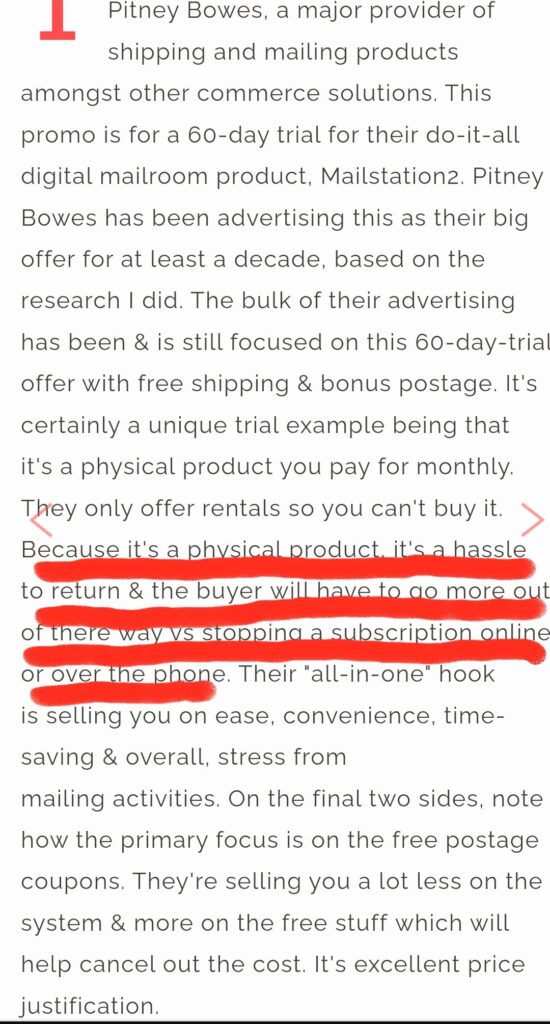
But above all, I think this is a damn good ad.
PS: As I’ve said before, this is my breakdown of this sales letter. I probably missed some things too and you’re free to point them out.
P.P.S: As much as I call myself a copywriter, like other copywriters, I miss some of these things while writing too.
My breakdown of this letter isn’t to tell you how to write or what to do.
It’s simply to reinforce what I’ve been hearing for the last year.
And hopefully get better at this thing of ours.
I hope this helps you.
If this post gets serious engagement, I might be tempted to continue to do this kind of breakdown every week.
So, like, comment and share so other people can learn.
Also, don’t forget to follow me on Twitter.
Go here: twitter.com/ucheokorolive
That’s where I drop other powerful insights in sales and marketing you won’t find here.
If you’re interested in this letter, here’s a link to it: https://swiped.co/file/trial-postcard-pitney-bowes/
